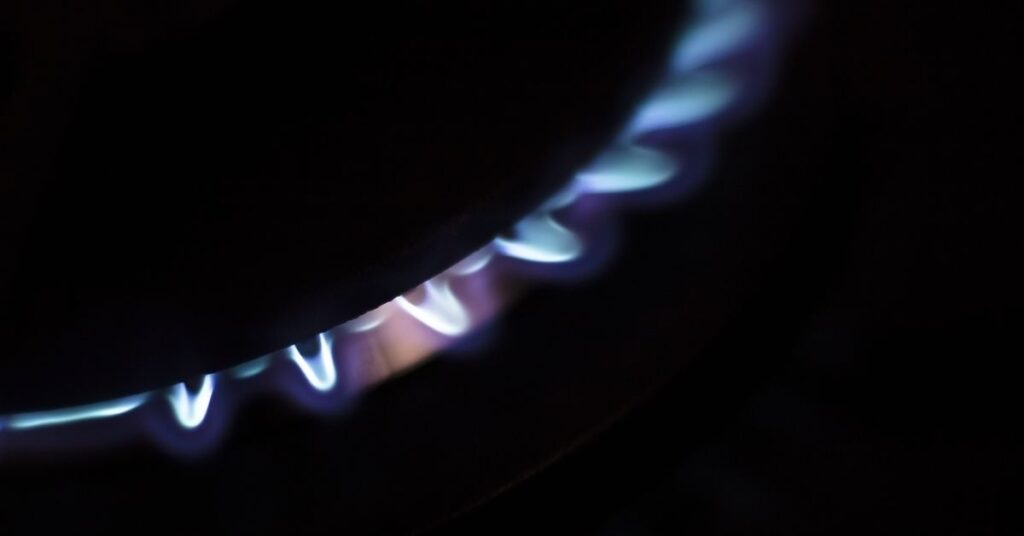Republicans have eagerly jumped to the gas stove’s defense ever since it entered the culture war fray. But there’s one major miscalculation: The natural gas industry needs blue states much more than it needs red ones.
The clearest sign yet that the natural gas industry is losing ground among its most valuable customer base is in New York. On Wednesday, Gov. Kathy Hochul signed the first budget to include a statewide ban on gas in new buildings. The law requires new buildings shorter than seven stories to have all-electric heating and cooking by 2026, and taller buildings to meet the requirements by 2029. There are some notable exemptions for the commercial sector, including restaurants, laundromats, and hospitals. The law builds on a similar New York City gas ban, passed in 2021.
Cities and states across the nation have been taking a hard look at their electrification options. More than 100 municipalities have taken action to halt gas expansion, and Washington and California have also weighed statewide action. Meanwhile, Illinois has considered adding warning labels to new gas stoves sold in the state.
Climate activists and environmental campaigners have two main motivations for targeting gas in buildings. One is the air pollution produced by natural gas. When natural gas combusts indoors, concentrations of nitrogen dioxide can build up to harmful levels for our lungs and hearts. The second concern is the climate pollution — natural gas is composed of methane, which warms the atmosphere even faster the carbon dioxide. Increasing evidence points to methane leaks wherever gas is used, even in the kitchen. Carbon emissions from buildings are also a major driver of climate change. In the US, 13 percent of greenhouse gasses come from commercial and residential buildings powered by fossil fuels.
But because parts of the country are more reliant on gas than others, some cities and states count for a disproportionate share of these climate emissions. New…
Read the full article here





